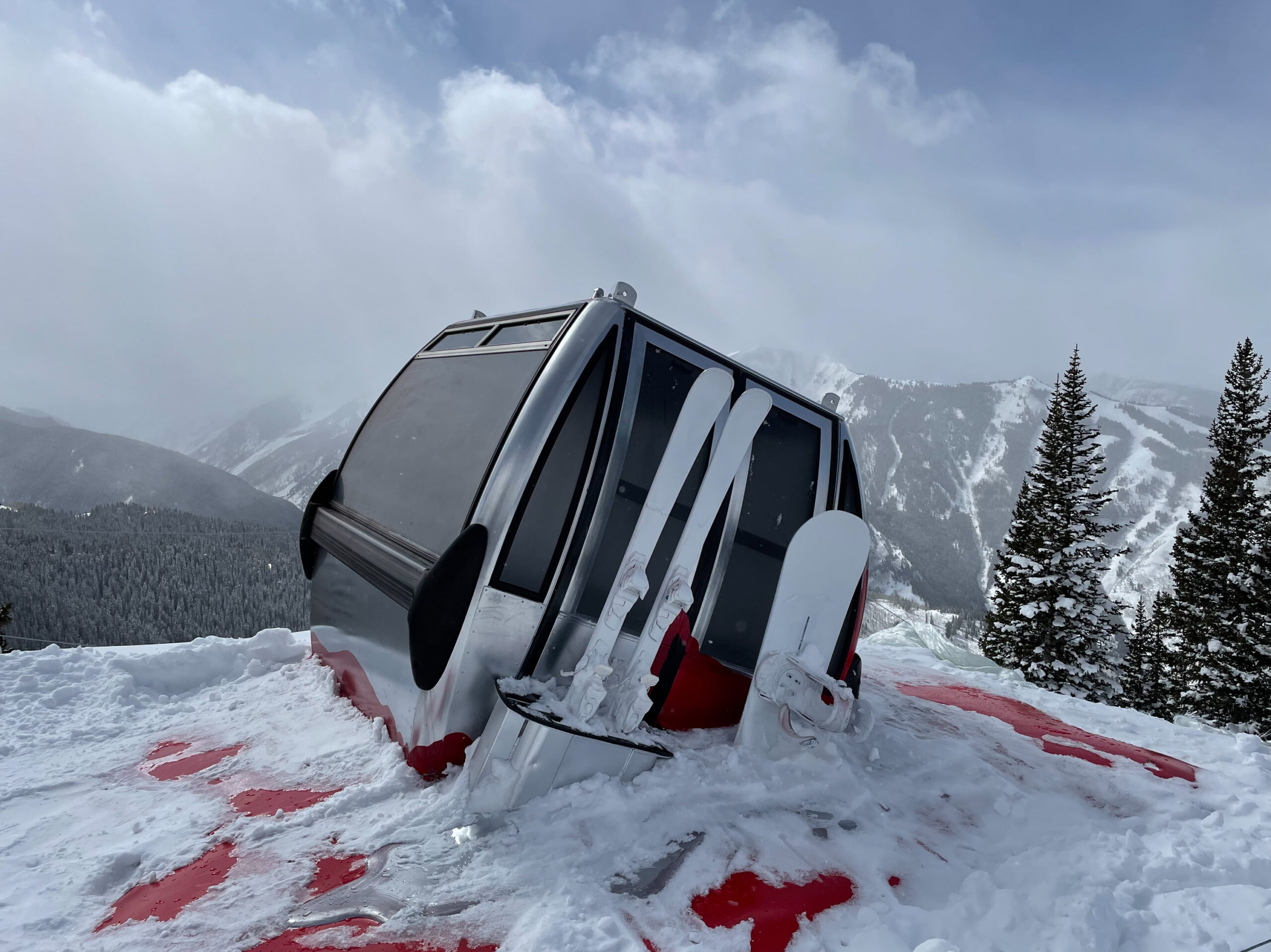Every December, some 320–390mn people hit the ski slopes globally. As these outdoor enthusiasts know all too well, trail conditions can make or break the experience. Poor skiing conditions don’t just detract from the consumer experience, for the companies operating these resorts these could spell losses—or even threaten survival. Last season, several resorts were forced to temporarily close due to conditions.
Sixty-eight countries around the world offer snow-covered ski resorts, but Alpine countries (Switzerland, France, Austria, Germany, and Italy) and the United States take the lion’s share, welcoming two-thirds of skiers in the 2021–2022 season. About 80% of the world’s ski resorts that exceed 1mn skiers per year are in Europe, mostly in the Alps region.
Over the past 50 years, the Alps has experienced an 8.3% decline per decade in seasonal snow cover (November to May), according to a paper published in the journal Nature Climate Change. 1 Looking forward, scientists estimate that 53% of Europe’s ski resorts are projected to be at high risk for snow supply under a global warming scenario of 2°C warming over the coming three decades, assuming no snowmaking.
Artificial snowmaking can help combat the snow cover issue, promising additional winters to the ski tourism industry, but not without costs. Snowmaking is a water- and energy-intensive process, and relying on it further could push operating costs higher for resort owners. For skiers, this means lift tickets could get even pricier if these costs are passed through to the consumer.
Beyond financial costs, the socio-economic impact could also be considerable. We expect energy demand to rise further with or without snowmaking, but the energy intensity of the activity highlights the challenges ahead as we seek to secure reliable, affordable, and clean energy sources. A recent study of snowmaking in Canada estimates that generating 42mn m3 of snow would produce the CO2 equivalent of energy used by 60,000 homes for one year.
The solution, as with most industries, is likely to be a combination of mitigation and adaptation. As electricity grids shift to renewable, the emissions-intensity of snowmaking will naturally reduce—although this will take decades. Meanwhile, adapting to shifting realities could mean significant behavioral shifts, from fewer ski trips on consumers’ parts, to industry coordination (including unlikely but necessary voluntary suspensions) or consolidation among ski tourism companies.
The impact between the climate, weather, and the economic system is by no means straightforward. Further, the goal of limiting further warming by 1.5–2°C compared to preindustrial era temperatures is abstract for most investors.
Yet, we see an increasing impact distributed across all areas of life—in some subtly, like in the case of the ski tourism industry—and in others more acutely, like in the risks to the upcoming rice crisis as we discussed in our prior report.
Source : UBS





Add Comment